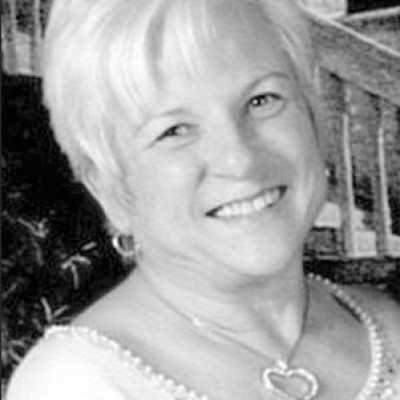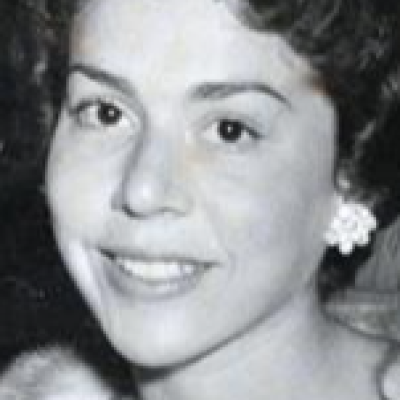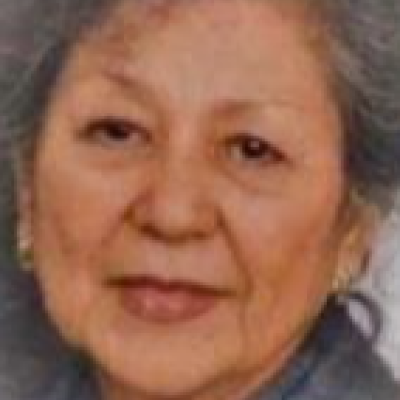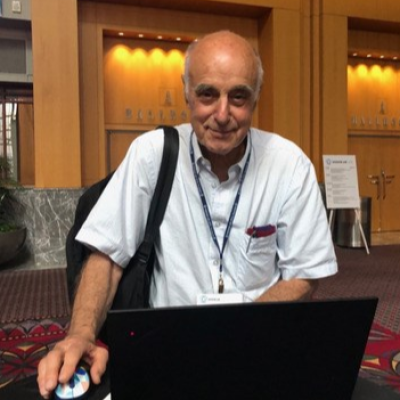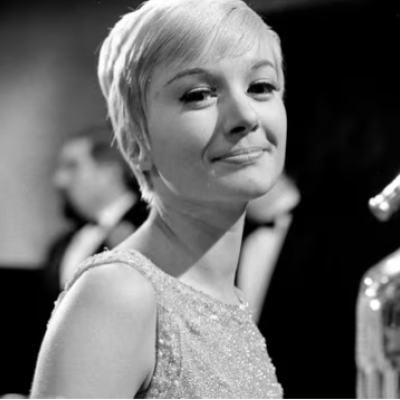
Julie Stevens
Julie Stevens. Charming and talented British television presenter known for captivating young audiences of the golden age in children's programming, has died at the age of 87.
Born on December 20, 1936, in Prestwich, Lancashire, Julie’s career began when she won a talent contest aged 20, which led to a contract with the new ABC Television channel.
She became the face of the Christian Youth programme Sunday Break, and learnt to act on the job in repertory theatre. In 1962 she was cast as nightclub singer Venus Smith, opposite Patrick Macnee in The Avengers, and in 1964 she played Gloria in Carry On Cleo.
But it was in children’s television where she really left her mark.Heavily pregnant in 1964 she auditioned for a newly commissioned programme, Playschool, and made her debut on the show two weeks after giving birth to her first child, Daniel.
Her warmth, creativity, and innate ability to connect with children quickly made her known and loved in homes across the UK.
Alongside her played many co-hosts - Rick Jones, Brian Cant, Jonny Ball, and Toni Arthur, to name but a few, not to forget the much loved toys Big Ted, Little Ted, Jemima, Humpty and Hamble, Julie guided young viewers through songs, stories, and activities, earning a special place in the hearts of a generation.
In 1974 she divorced from her husband Actor John White and juggled life as a single parent, to Daniel and Rachel, with her career on screen, which now included the sitcom Girls About Town and Playaway, a Saturday show for slightly older children, where her comic timing and playful style really flourished. In 1980 she married actor and theatre director Michael Hucks, and (with her time in Playschool coming to an end) spent much of the 1980s working as Sir Harry Secombe’s personal assistant and then manager.In 1992 Julie and Michael bought a house in Provence and she split her time between there and London, whilst still performing - with Panto performances and a role in Holby City.In 2001 she divorced from Michael and in 2016 moved back to the UK permanently to be near her daughter.
Diagnosed with Parkinson’s disease in 2019 the last few years were difficult for Julie, but she faced it as she did all challenges, with good humour and great charm.
She leaves behind her two children, four grandchildren, three great grandchildren.Julie Stevens will be remembered for her joyful spirit, her ability to make every child feel seen, and her lasting legacy in the world of children’s television.
•
Remembering Julie Stevens
Use the form below to make your memorial contribution. PRO will send a handwritten card to the family with your tribute or message included. The information you provide enables us to apply your remembrance gift exactly as you wish.

